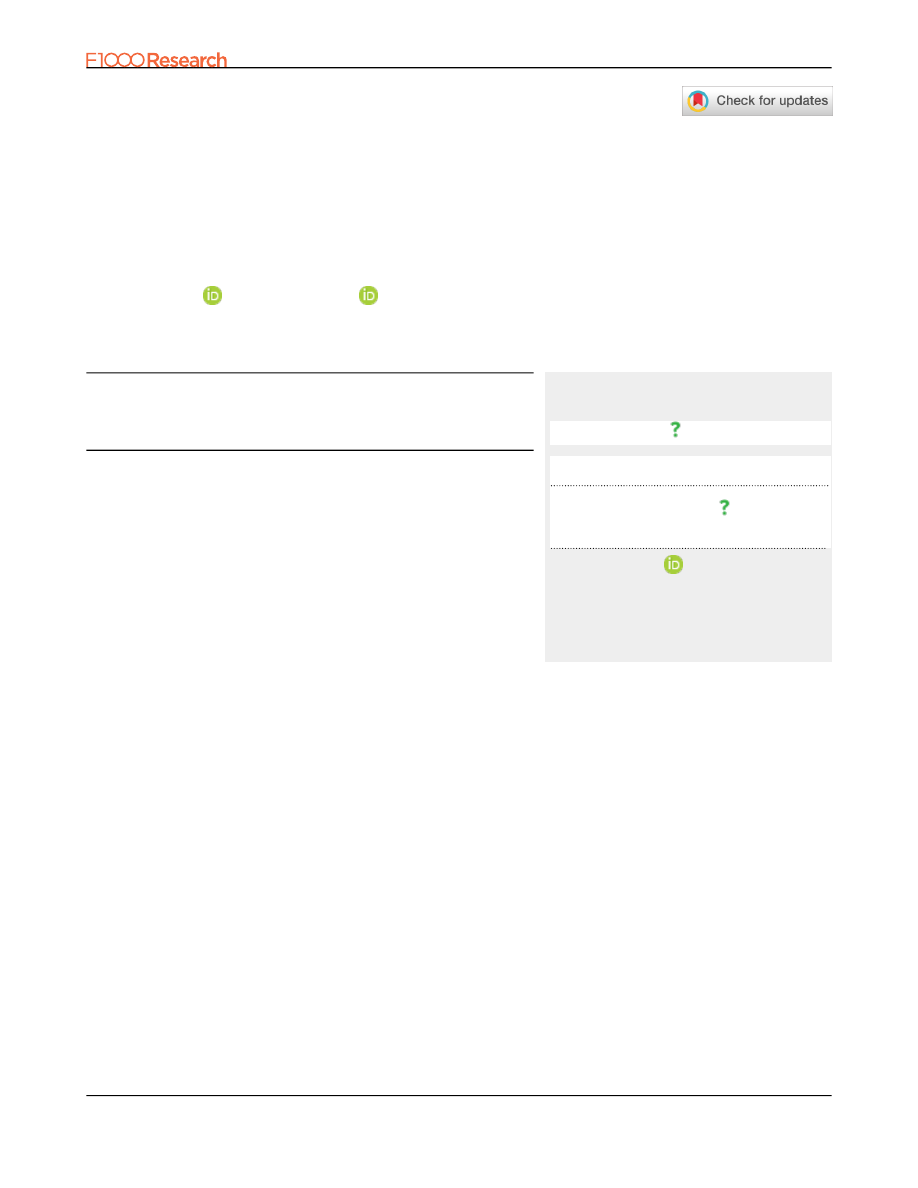
RESEARCH ARTICLE
Developing potential drugs for insomnia through
computational analysis
[version 1; peer review: 1 approved
with reservations]
Isaac Oronyi , Richard Kagia
Department of Pharmacology and Pharmacognosy, Kabarak University, Nakuru, Nakuru County, Kenya
First published:
16 Oct 2023,
12
:1332
https://doi.org/10.12688/f1000research.135151.1
Latest published:
16 Oct 2023,
12
:1332
https://doi.org/10.12688/f1000research.135151.1
v1
Abstract
Introduction
: Insomnia is a condition that affects the quality of life of
an individual. It is associated with a lack of sleep or interrupted sleep.
If not managed, insomnia may end up causing conditions such as
obesity, heart conditions, hypertension, and mental disorders. Lack of
sleep is also associated with an increased risk of Alzheimer’s disease.
There is, therefore, a need to develop a drug that manages insomnia
with desirable clinical outcomes
Methods
: The canonical smiles of Zolpidem, Suvorexant, Ramelteon,
and Triazolam were obtained from PubChem. The study used the
online tool SwissSimilarity to identify structural analogs for Zolpidem,
Suvorexant, Ramelteon, and Triazolam. The canonical smiles were
copied to PubChem Sketcher were converted to a 2- dimensional (2D)
format. The Avogadro was used to optimize the ligands. The
respective receptors were obtained from the Protein Data Bank.
Chimera was used to prepare the receptor and the docking, using
AutoDock Vina. SwissADME and Protox server was used in the
determination of the pharmacokinetics and toxicity profiles,
respectively.
Results
: Docking scores, pharmacokinetics, and toxicity profiles of the
analogs were recorded. Nine structural analogs from the ZINC
database (ZINC000004222622, ZINC000003981996,
ZINC000003825731, ZINC000000000903, ZINC000039247014,
ZINC000010152022, ZINC000000347721, ZINC000065743121
ZINC000022054496) were found to have a better docking score, blood
brain barrier permeability, Lipinski’s violations, synthesizability index,
gastrointestinal tract absorption, p-glycoprotein substrate metabolism
LD50 compared to the parent drug molecules. All the nine molecules
Open Peer Review
Approval Status
1
16 Oct 2023
, Suez Canal University,
Ismailia, Egypt
1.
Any reports and responses or comments on the
article can be found at the end of the article.
Page 1 of 18
F1000Research 2023, 12:1332 Last updated: 12 MAR 2024